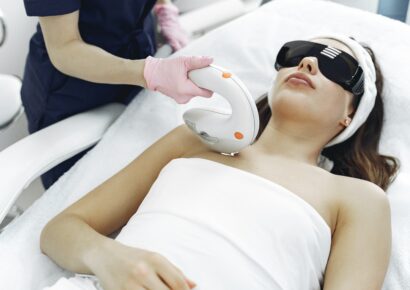Course Overview
A Fellowship in Minimally Invasive Body Contouring is a specialized training program that focuses on advanced techniques and skills in non-surgical body contouring procedures. This fellowship program is designed to provide experienced medical professionals, typically doctors or other licensed healthcare practitioners, with in-depth knowledge and practical training in the field of non-invasive or minimally invasive body contouring.
Here are some key aspects typically covered in a Fellowship in Minimally Invasive Body Contouring:
- Anatomy and Physiology: Comprehensive understanding of the anatomy and physiology of the body, particularly related to fat deposits, muscle structure, and skin elasticity. This knowledge is essential for assessing patient needs, determining treatment options, and achieving optimal outcomes.
- Patient Assessment and Treatment Planning: Learning how to assess patients’ body shape, identify areas of concern or desired improvement, and develop individualized treatment plans. This includes considering patient expectations, medical history, lifestyle factors, and realistic outcomes.
- Non-Invasive Body Contouring Techniques: Training on various non-invasive body contouring technologies and techniques. This may include procedures such as cryolipolysis (fat freezing), radiofrequency-based treatments, laser-assisted lipolysis, ultrasound-based treatments, and other emerging technologies. Students learn the principles of each technique, patient selection criteria, treatment parameters, and expected outcomes.
- Minimally Invasive Body Contouring Techniques: Instruction on minimally invasive body contouring procedures that involve the use of small incisions or needles to deliver treatments directly to targeted areas. This may include techniques such as laser-assisted liposuction, ultrasound-assisted liposuction, or minimally invasive fat reduction procedures. Students learn about patient selection, treatment planning, safety considerations, and post-operative care.
- Combination Therapies: Understanding the concept of combining different body contouring techniques to achieve comprehensive and customized results. Students learn how to integrate various non-invasive and minimally invasive procedures to address different body areas and patient needs.
- Treatment Safety and Complications Management: Comprehensive knowledge of treatment safety, potential complications, and adverse events associated with non-invasive and minimally invasive body contouring procedures. Students learn to recognize and manage complications effectively, including infection control, post-procedural care, and patient follow-up.
- Patient Selection and Education: Developing skills in patient selection and education, including identifying suitable candidates for specific body contouring treatments, managing patient expectations, and providing pre- and post-procedural instructions.
- Hands-on Training and Clinical Experience: Opportunities for supervised hands-on training and clinical experience in performing non-invasive and minimally invasive body contouring procedures. This allows fellows to refine their skills, gain confidence, and apply their knowledge in a real-world setting.
- Research and Continuing Education: Encouragement to engage in research activities and stay updated with the latest advancements and evidence-based practices in the field of body contouring. Fellows are encouraged to participate in conferences, workshops, and continuing education programs to further enhance their knowledge and skills.
Upon completion of the Fellowship in Minimally Invasive Body Contouring, graduates are equipped with advanced expertise in non-surgical or minimally invasive techniques for body contouring. They may pursue careers in medical aesthetics clinics, plastic surgery practices, or dermatology centers specializing in body contouring treatments. Some fellows may also choose to establish their own specialized practices or work in collaboration with other professionals in the field.
It’s important to note that the requirements and curriculum of such fellowship programs may vary among institutions and organizations offering them. Fellowship programs often require applicants to have prior experience and credentials in relevant medical fields, such as plastic surgery, dermatology, or aesthetic medicine.
Eligibility
- MBBS
- BDS
- MDS
- BAMS
- BHMS
- BUMS
Instructors
- Dr. Gunjan Manchanda
– MBBS MS ENT
– Head & neck surgeon - Dr. Anjali Manchanda
– Maxillofacial and aesthetic surgeon
– Hair transplant surgeon
– Fellowship in facial aesthetics Advance injectable & body contouring (Seoul ,South Korea) - Dr. Sahiba Bawa
– Aesthetic surgeon
– Fellowship in facial aesthetics Advance injectable & body contouring (Seoul ,South Korea)
– International Board Certified Fellowship in Non surgical facial aesthetics.
– Member Abam



